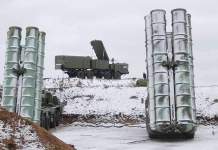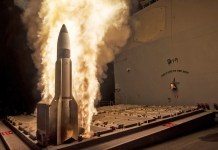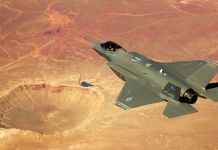It seems China is preparing for a two-front confrontation by conducting a series of military drills close to its Himalayan border with India and in the South China Sea near Taiwan.
MiG Vs Sukhoi: Why Indian Air Force ‘Bets Big’ On MiG-29 Fighter Jets Over Su-30 MKIs Against China
The Chinese PLA has recently tested an advanced man-portable anti-tank guided missiles in the Tibet region bordering India. At the same time, the PLA continued intensive cross-sea exercises featuring sea, land, and air forces to deter what China called “Taiwan’s secessionists” backed by “external forces”, a broad hint at the US.
Beijing has been at loggerheads with both New Delhi and Taipei over territorial claims. The Chinese PLA and the Indian Army have been locked in a border standoff in eastern Ladakh for over a year.
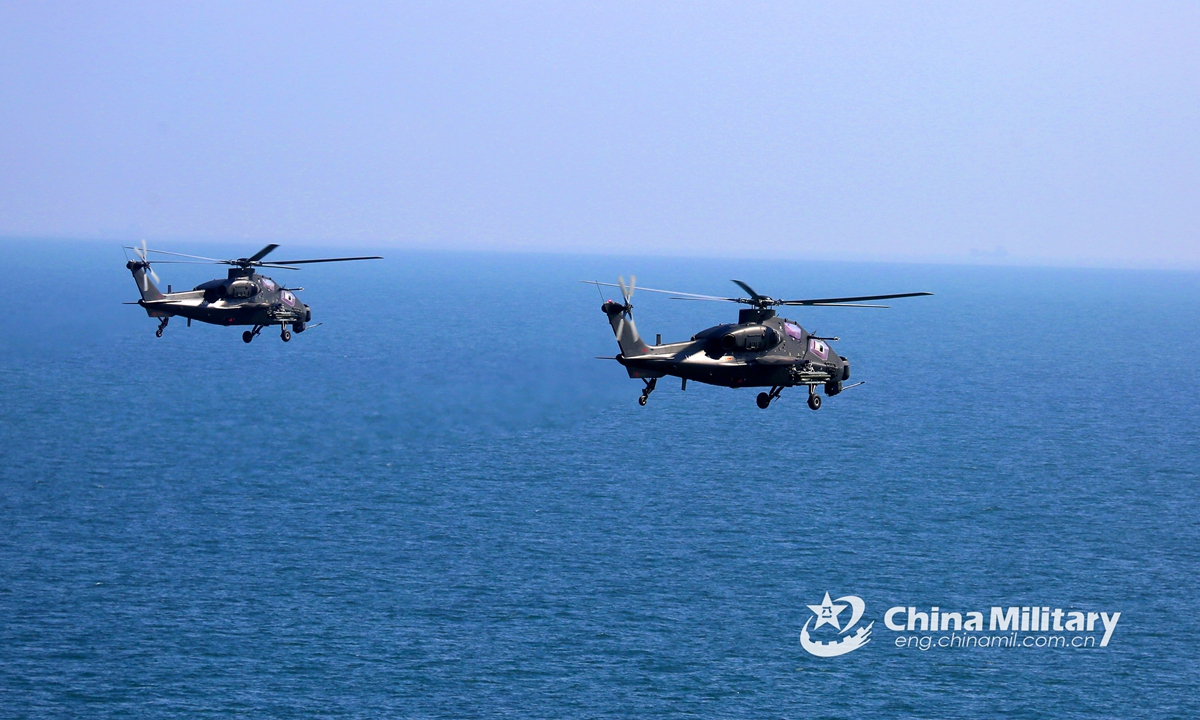
The two sides have made massive deployment of troops and weapons on their sides of the de facto border, called the Line of Actual Control or the LAC. Despite several rounds of diplomatic and military-level talks, there is no end in sight to the border impasse.
Similarly, the PLA has scaled up military drills and aerial incursions to intimidate Taiwan, which Beijing claims as its territory.
The China-Taiwan Tussle
Beijing asserts that Taiwan is a part of China, and will be incorporated eventually with the mainland, if necessary, by force. The growing bonhomie between Taiwan and the US has angered the Chinese, who took exception to US warships passing through the Taiwan Strait and the landings of US military planes in Taiwan.
In a show of strength, the PLA warplanes have repeatedly entered Taiwan’s Air Defence Identification Zone (ADIZ) in the past few months.
Last week, the PLA carried out intensive cross-sea exercises featuring sea, land, and air forces reported state-owned Global Times. The PLA 74rd Group army conducted surface diurnal and nocturnal live-fire exercises off the coast of the Chinese Fujian province.
The Z-9 reconnaissance helicopters and Z-10 attack helicopters, armed with ammunition, conducted training such as low-altitude defense penetration, independent attack route planning, and striking various maritime, insular, and aerial targets.

Last week, a Chinese Shaanxi Y-8 anti-submarine warfare aircraft intruded into the Taiwanese ADIZ, Taiwan News reported. According to Taiwan’s Ministry of National Defence (MND), this was the 12th Chinese incursion into the Taiwanese ADIZ this month.
It said that the aircraft involved in each of these violations Every is a slow-flying turboprop. with anti-submarine warfare, electronic warfare, and reconnaissance capabilities.
According to Xu Guangyu, senior adviser to the China Arms Control and Disarmament Association, the exercises by the PLA are an attempt by China to counter the growing association between Taiwan and the US, and that it will not let “Taiwan secessionists and the US do as they please”.
It seems that the Chinese sea exercises near Taiwan were a part of a larger Chinese military muscle-flexing in the region. Last week, the PLA Navy-Marine Corps conducted a long-distance cross-sea maneuvering exercise at an undisclosed location. The exercise also consisted of a transport mission, in which various types of amphibious armored vehicles and military trucks were carried on civilian ships.
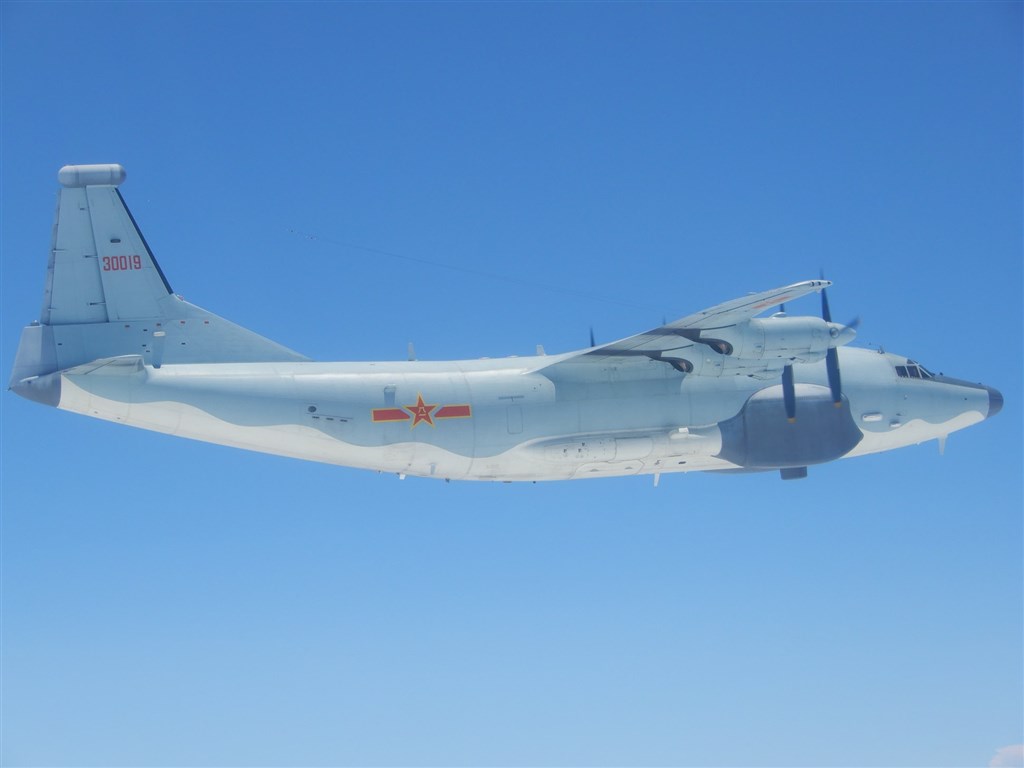
A similar exercise of loading and unloading military equipment on civilian ships was also conducted by the PLA 72nd Group Army. The PLA 71st Group Army had reportedly conducted drills on “gathering of heavy equipment on land, cross-sea maneuvering logistics support, beach assault and multidimensional joint attack” in the Yellow Sea.
Meanwhile, to counter the Chinese threat, Taiwan is also enhancing its military capabilities with the help of the US. Taiwan News reported that the self-governing island is set to test-fire Patriot III missiles at the US army’s White Sands Missile Range in New Mexico. The Patriot III missiles are long-range, all-altitude, all-weather air defense systems, which can counter ballistic missiles, cruise missiles as well as advanced aircraft.
The test-fire will include a simulation of the Chinese medium-range missile by a target drone, which will follow the firing of two Patriot III missiles to intercept it.
Taiwan has purchased six US-made Patriot III missile systems for U$6.38 billion. The package also includes the upgrade of three existing Patriot II systems to the current variant.
The live-fire verification will be performed in the US due to security concerns.
Chinese Drills Near India Border
The PLA Army has inducted its indigenously manufactured HJ-12 man-portable anti-tank missile, The Global Times.
Developed by the state-owned China North Industries Group Corporation (NORINCO), the HJ-12 was recently used in an exercise conducted by the PLA Tibet Military Command.
The top-attack, fire-and-forget missile can be carried by a single person and is capable of destroying any main battle tank in the world.
The Chinese HJ-12 is similar to the US’ Javelin missile, and comprises an “advanced focal plane array infrared guidance system with lock-on before launch and fire-and-forget systems”.
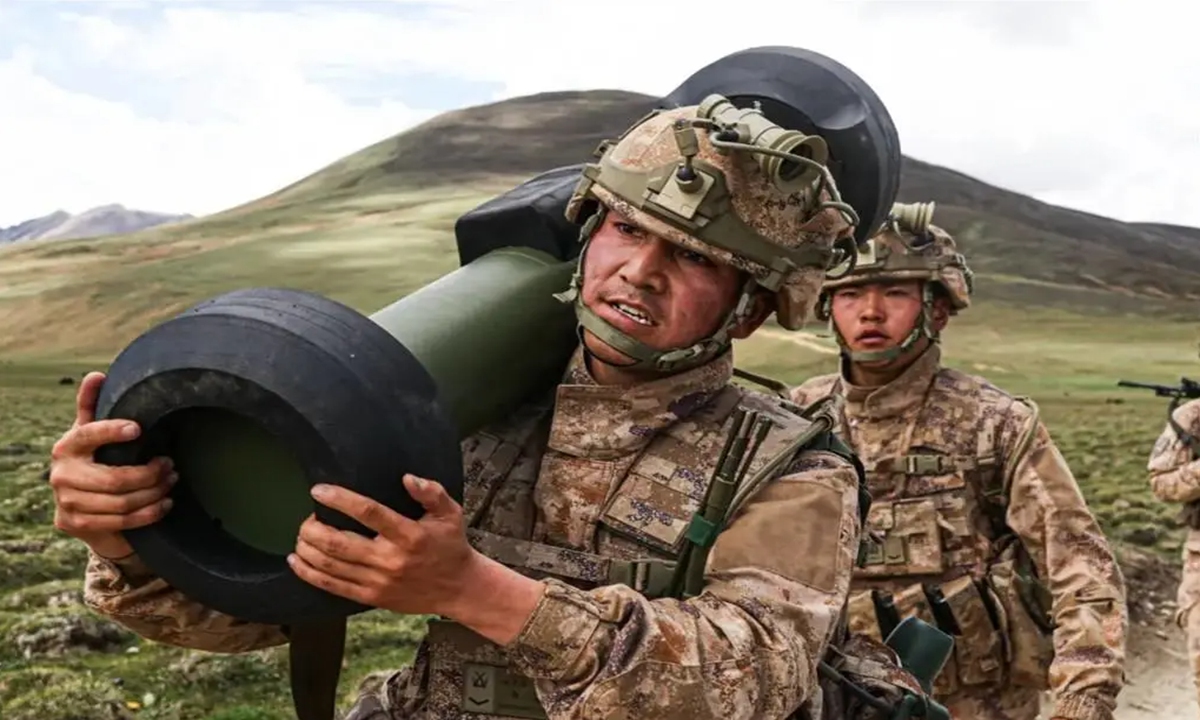
The system can also destroy thick homogeneous steel armor and is equipped with strong-anti-jamming abilities and various guidance systems. Chinese experts believe that the HJ-12 will bolster the anti-tank capabilities of the Chinese army, as each individual soldier will be capable of destroying tanks.
China has been enhancing its military capabilities on the high-altitude borders with India. Earlier this year, to boost its firepower in the Tibetan plateau, the Xinjian Military Command had inducted three new weapon systems — PCL-161 and PCL-181 self-propelled howitzer systems and PHL-03 MLRS (Multiple Launch Rocket Systems), The EurAsian Times reported.
India Tests Akash NG and MPATGM
Last week, India successfully tested the New Generation Akash (Akash-NG) missile system. According to the Defence Research and Development Organisation (DRDO), the Akash-NG was tested against a high-speed unmanned aerial target, which was successfully tracked by the missile.
The test comprised all weapon system elements like, Multifunction Radar, Command, Control and Communication System, and proved its high maneuverability, which will help the system to counter fast-moving aerial threats.
Why India Opted For Israeli Tank-Buster ‘Spike’ Missile Over US’ Combat-Proven ‘Javelin’
The Akash N-G is a surface-to-air missile and has an enhanced range of 80kms, a marked increase in comparison to its earlier variant which had a range of 40kms.
The test of the Akash N-G followed the successful test of the low-weight Man-Portable Anti-tank Guided Missile (MPATGM). According to reports, the DRDO tested the indigenously developed low-weight, fire-and-forget MPATGM from a man-portable launcher combined with a thermal site, where the target acted as a tank.
In a major boost to #AtmaNirbharBharat and strengthening Indian Army, Defence Research and Development Organisation (DRDO) successfully flight tested indigenously developed low weight, fire and forget Man Portable Antitank Guided Missile (MPATGM) today 21st July 2021. pic.twitter.com/kLEqrsgoOR
— DRDO (@DRDO_India) July 21, 2021
According to the Defense Ministry, during the test, the missile successfully hit and neutralized the target, as well as achieved all the objectives of the test mission. The MPATGM is seen as a major boost to the indigenous development of military arsenal under the Make-in-India initiative of the government.
The system will be inducted into the Indian Army, and bring the development of a “third-generation man-portable ATGM close to completion”, a defense ministry official was quoted as saying.


